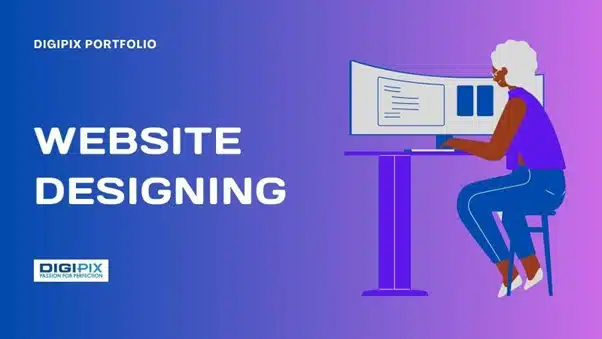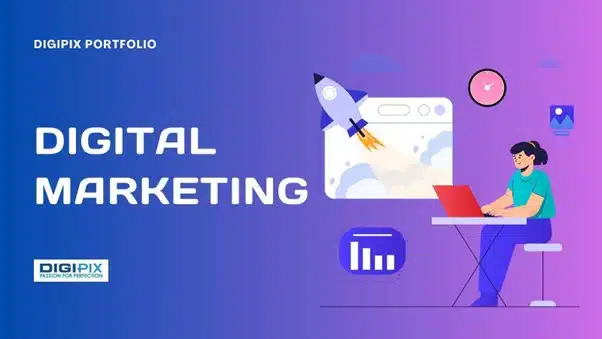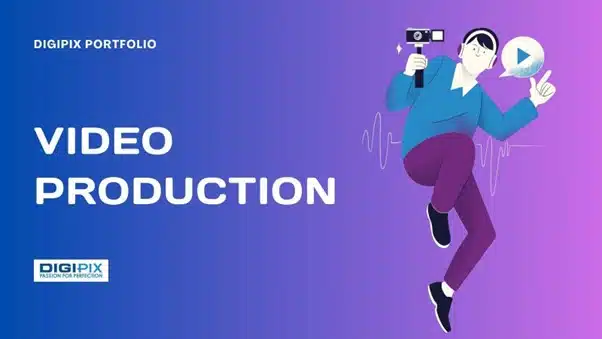DIGITAL MARKETING SERVICES
BUILD YOUR DIGITAL SUCCESS WITH REMARKABLE STRATEGIES
Request A Quote
Create Your Roadmap to Online Success
Running digital marketing without a strategy is like driving without a map. Many businesses jump into digital marketing without knowing where they're heading. At DigiPix Inc., we help you create a clear path to reach your online goals. Our strategic planning turns scattered marketing efforts into focused campaigns that bring real results.

Market Analysis
We study your business landscape, competitors, and target audience to create winning strategies. Our team digs deep into industry trends, consumer behavior, and market opportunities. We use advanced research tools to identify gaps in the market and areas where your business can gain a competitive edge.
Goal Mapping
We work with you to set clear, measurable marketing objectives that align with your business vision. Our team helps define key performance indicators, timeline targets, and success metrics. We create realistic benchmarks and growth projections to track your progress toward specific business goals.
Channel Selection
We identify the most effective digital platforms to reach your target audience. From social media and search engines to email and mobile apps, we choose channels that match your audience's behavior patterns. Our recommendations are centered around platforms that are known to bring the highest return on investment.
Content Planning
We develop comprehensive content strategies that tell your brand story. Our team creates content calendars, messaging guidelines, and engagement plans across all chosen platforms. We focus on creating valuable content that resonates with your audience and drives meaningful interactions.
Resource Optimization
We plan and allocate your marketing budget across different channels for maximum impact. Our team determines the right mix of paid and organic strategies, helping you make smart decisions about where to invest your marketing dollars.
Performance Tracking
We set up robust tracking systems to monitor your campaign's success. From website analytics to social media metrics, we measure everything that matters. Our team provides regular insights about what's working and what needs adjustment.


Why Choose Our Services?
DigiPix Inc. brings 20 years of digital marketing excellence to businesses across the Greater Toronto Area. We stand out through our personalized approach, combining deep local market knowledge with cutting-edge digital strategies. Our team includes specialists in every aspect of digital marketing, from SEO to social media management. What sets us apart is our commitment to data-driven decisions, transparent reporting, and measurable results.
OUR WORKING PROCESS

DESIGNING
Meet the creative minds who turn ideas into stunning visuals. Our designers blend innovation with artistry to make your brand shine and stand out.

CONTENT WRITING
Our content writers are nothing short of wordsmiths. They use their inner drive and motivation to create engaging content that can captivate your audience.

DEVELOPMENT
When it comes to coding and creating websites, our developers are the best in the industry. They create high-performing websites and apps, delivering quality results.
Portfolio
Reviews
500+
Satisfied Customers
Your journey to digital success starts with our clients' stories.

DigiPix transformed our approach to digital marketing. Their strategic planning helped us identify opportunities we'd been missing for years. Our online revenue has grown by 85% since implementing their strategy.

The team at DigiPix brought clarity to our digital marketing chaos. Their strategic approach and clear implementation plan gave us direction and measurable results. We've seen a 200% increase in qualified leads.





